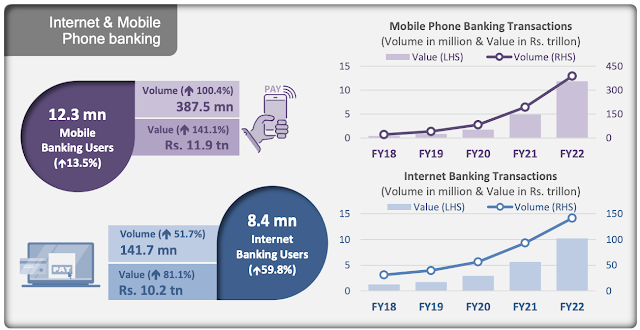India's War on Hunger Takes a Back Seat

Calls to "do a Lebanon" to fight terror are being made vociferously by the Indian media as they have focused the national and international attention on Mumbai terrorist attacks that targeted two opulent hotels and a small Jewish center in India's financial capital. The need for war on poverty and hunger has never succeeded in getting the kind of media spotlight in India that now shines on the urge to punish Pakistan for its alleged misdeeds in Mumbai. Meanwhile, the daily death and injury toll from widespread hunger in India continues to be much higher than the tragic results of the murder and mayhem in Mumbai.
Indian author Arundhati Roy recently brought attention to the tale of two Indias and India's real problems in an OpEd piece for the Guardian newspaper in the following words: "On a day when the newspapers were full of moving obituaries by beautiful people about the hotel rooms they had stayed in, the gourmet restaurants they loved (ironically one was called Kandahar), and the staff who served them, a small box on the top left-hand corner in the inner pages of a national newspaper (sponsored by a pizza company I think) said "Hungry, kya?" (Hungry eh?). It then, with the best of intentions I'm sure, informed its readers that on the international hunger index, India ranked below Sudan and Somalia. But of course this isn't that war. That one's still being fought in the Dalit bastis of our villages, on the banks of the Narmada and the Koel Karo rivers; in the rubber estate in Chengara; in the villages of Nandigram, Singur, Chattisgarh, Jharkhand, Orissa, Lalgarh in West Bengal and the slums and shantytowns of our gigantic cities."
Ms. Roy was referring to the hunger index published each year by the Washington-based International Food Policy Research Institute to rank countries based on three leading indicators - prevalence of child malnutrition, rate of child mortality, and the proportion of people who are calorie deficient. India ranks 66th on the 2008 Global Hunger Index of 88 countries while Pakistan is slightly better at 61 and Bangladesh slightly worse at 70.
Indian media's headlines about the newly-minted Indian billionaires need to bring sharper focus on the growing rich-poor gap in India. On its inside pages, The Times of India has reported Communist Party leader Sitaram Yechury's as saying that "on the one hand, 36 Indian billionaires constituted 25% of India’s GDP while on the other, 70% of Indians had to do with Rs 20 a day". "A farmer commits suicide every 30 minutes. The gap between the two Indias is widening," he said.

"The major threat of hunger is in 33 countries including India," the IFRI report said, adding that rising food prices pose serious threats for malnourished people in these regions. The report calculated hunger levels for 17 major states in India, representing more than 95 percent of the population. Twelve states fall into the ‘alarming’ category and Madhya Pradesh was reported to have an ‘extremely alarming’ level of hunger. Four states — Punjab, Kerala, Haryana and Assam — fell in the 'serious' category. "Affluent" Gujarat, 13th on the Indian list is below Haiti, ranked 69. The authors said India's poor performance was primarily due to its relatively high levels of child malnutrition and under-nourishment resulting from calorie deficient diets.
"Despite years of robust economic growth, India scored worse than nearly 25 sub-Saharan African countries and all of South Asia, except Bangladesh," the report says.
Can the two major South Asian neighbors get their priorities straight to end terror and mutual conflict to focus on fighting hunger and poverty? I am hoping and praying that they do.
Related Links:
21st Century Challenges for Resurgent India
Mumbai's Economic Impact
India's Republic of Hunger



Comments